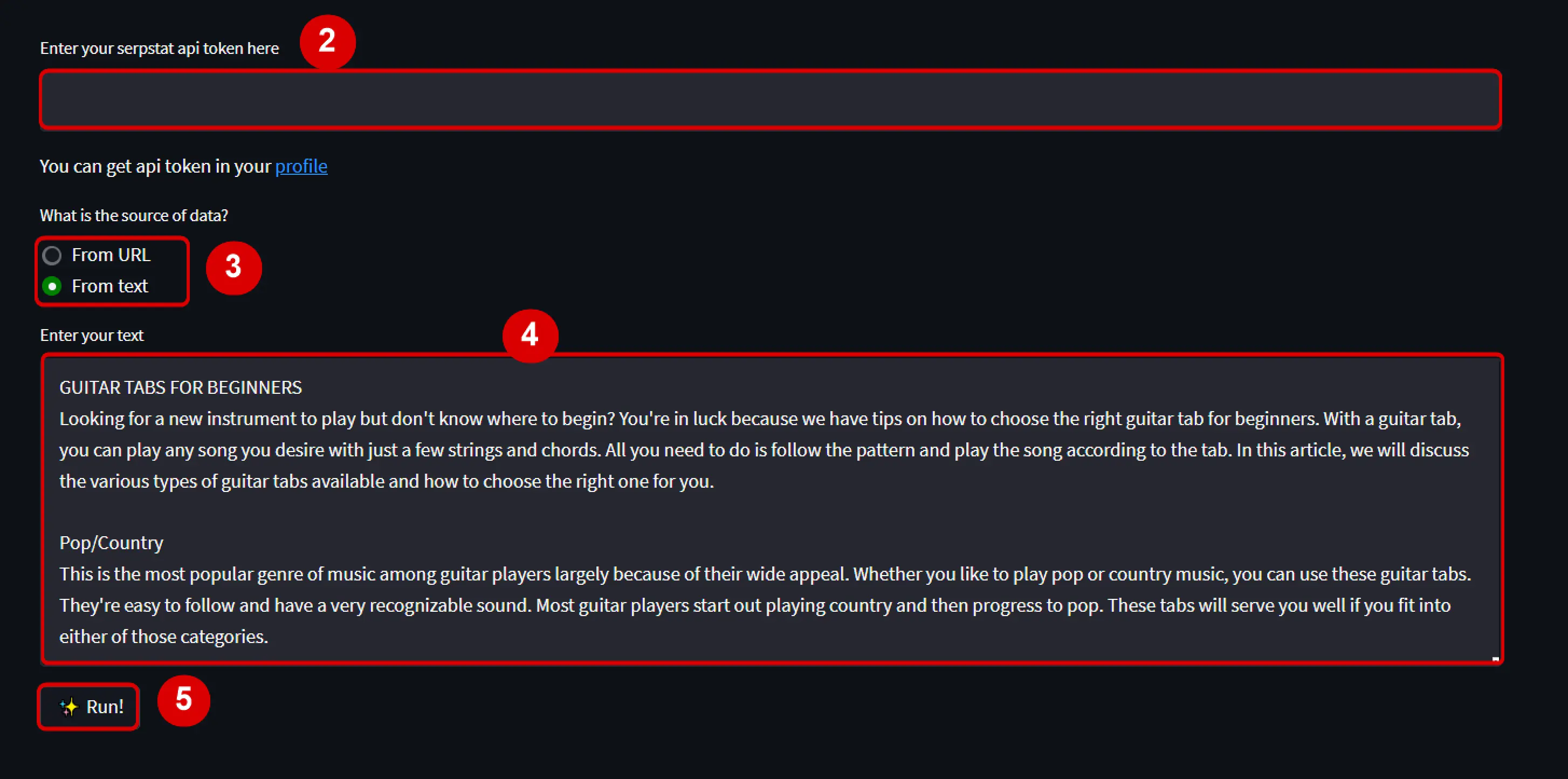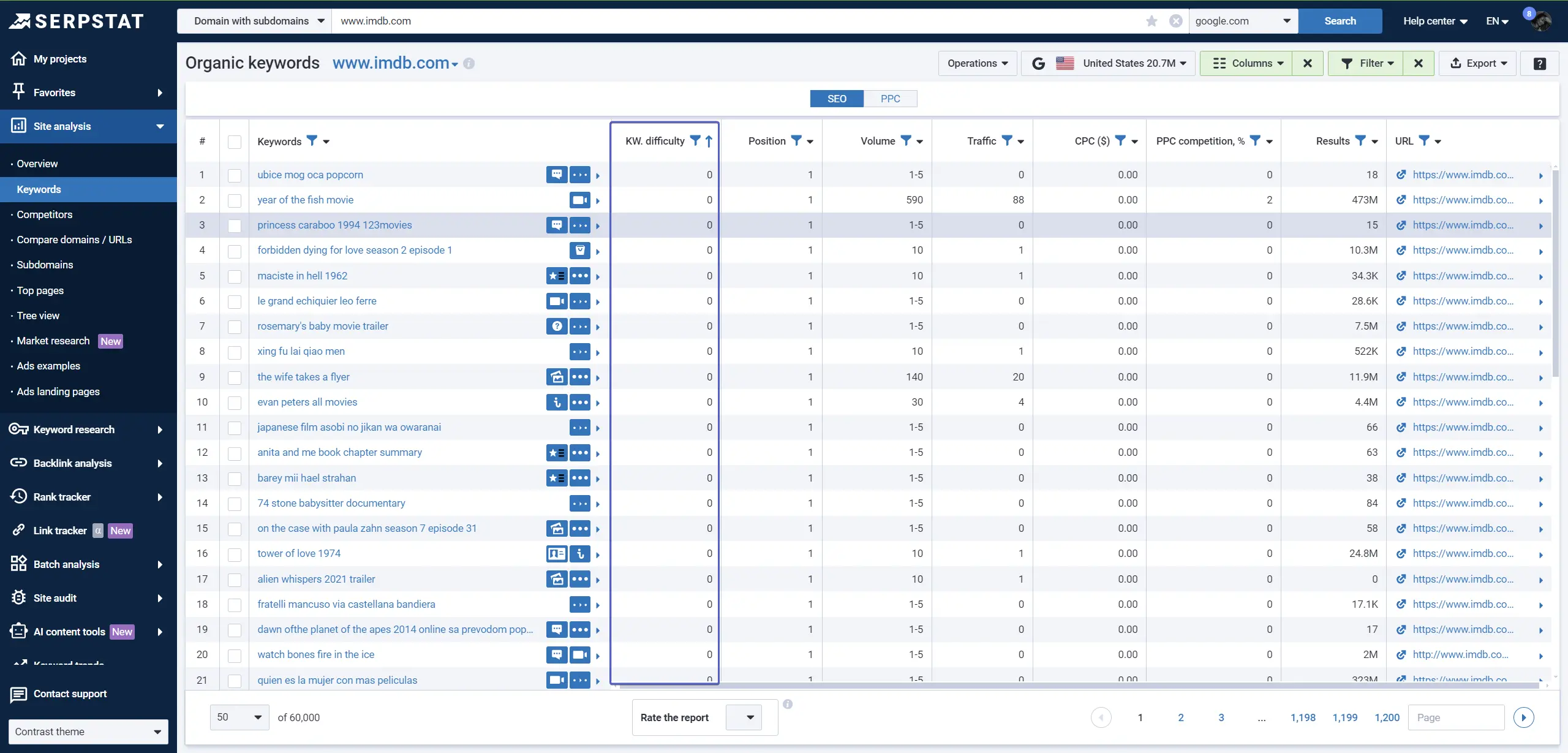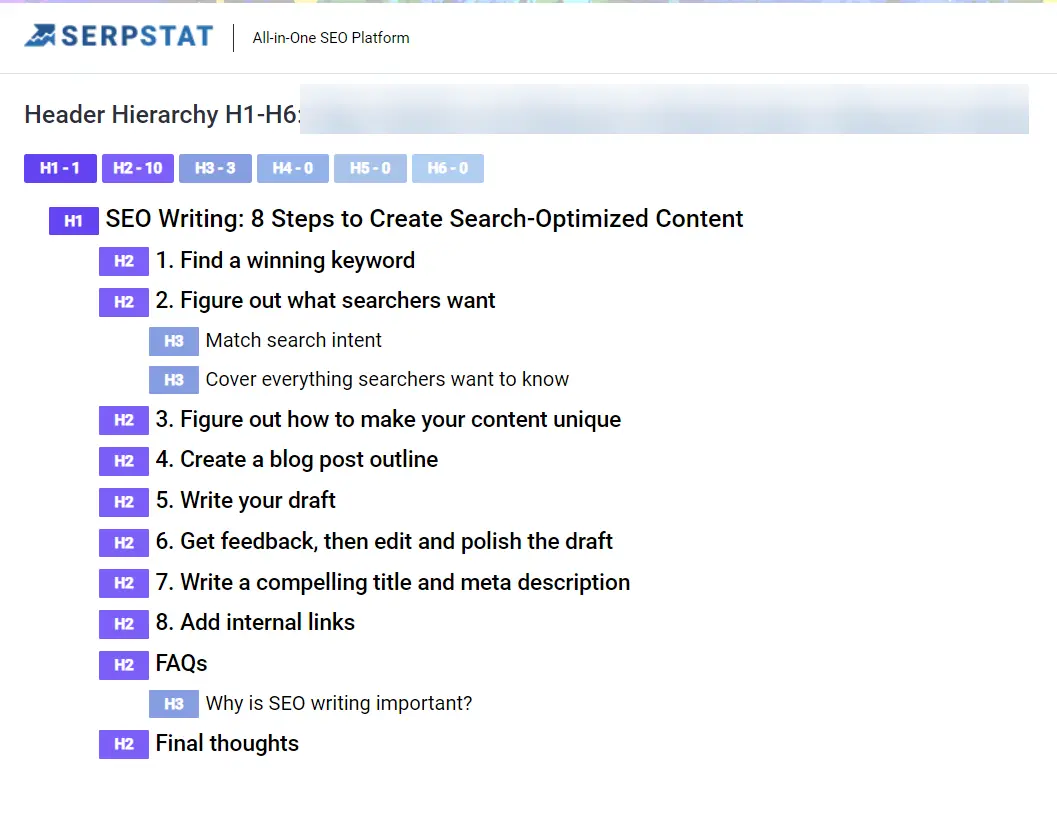SEO text analysis considers the requirements of search engines, keyword inclusion, and the target audience's interests. It's crucial to discuss what's important and address the audience's potential "pain points". The primary objective of SEO content analysis is to provide highly relevant content based on user queries and search engine standards.
You can boost your search rankings by conducting and refining an SEO analysis of your text. Let's find out how to do it step-by-step.
What is SEO Analysis of Content?
SEO content analysis is the process of evaluating every page information to optimize it further for search engines like Google, Yahoo, etc. You need to analyze content pieces such as keywords, text structure & uniqueness, and other less obvious factors.
SEO Contents Analysis: Why to Perform It?
The primary goal of the SEO analysis of content is to increase organic traffic from search engines by improving the rankings of key queries in search results. It helps attract a more targeted audience and increase conversions, depending on your field of activity. Moreover, content optimization contributes to enhancing user experience and improving its quality, making your website not only more visible to search engines but also more appealing and helpful to visitors.
Let me delve deeper into a stage of SEO text analysis.
Key Metrics for SEO Contents Analysis
There are several key indicators you should pay attention to. Let’s explore how they can help you optimize your content strategy:
- Text uniqueness. Real cases indicate ranking improvements when you rewrite content, underscoring the need to monitor content uniqueness and check if competitors copy your content. If you notice a drop in page rankings, checking for uniqueness is advisable. You can check uniqueness using Serpstat or various other services, such as edubirdie.com, which is free.

- Analysis of fluff content. The text should be informative. Excessive use of empty phrases that carry no meaningful information can negatively impact SEO, as search engines have advanced algorithms for understanding content structure, identifying original sources, analyzing content usefulness, author authority, keyword inclusion, etc.
- Keyword stuffing. It is a common mistake beginners do. Dense keyword inclusion may be interpreted by search engines as manipulation, hindering web document ranking. It's vital to maintain naturalness and balance in keyword usage and focus on creating genuinely helpful content.
- Incorporation of the researched keywords. It is an obvious aspect of text optimization, and I'll discuss it in more detail. You should connect a keywords list (check this guide on how to collect it) and the text. I recommend checking keywords insertion using various services. I address this task using a Bag of words tool.

Comparing keywords in your text with the keywords list of a specific cluster (for a particular landing page) reveals which word fragments you didn't use in the text and what needs adding. Comparing your text with well-ranking competitors is also beneficial.
Algorithm to check primary and secondary keyword:
Try a Free Bag of Words and 55+ Other SEO Content Analysis Tools
Receive a free 7-day trial for website analysis in SEO
- Checking for AI-generated content. This indicator is crucial, especially in light of the latest Google algorithm updates that caused many websites across various industries to drop in rankings, presumably due to the overuse of generative AI. It's essential to verify both old and new content.
I recommend comparing date ranges (before and after the drop) in Google Analytics or Google Search Console (GSC) and identifying the affected pieces. Update them within the following checklist:
Every SEO writer knows that a blog post is never truly finished, even after publication. Search results are constantly changing with algorithm updates and competitors targeting the same keywords.
Hemingway or Grammarly can analyze your text and provide suggestions to make it easier to read and understand.
SEO Page Analysis Plan
Here’s a concise plan to get you started with contents analysis process in 2024:
- Research keywords and determine their relevance to the target audience. Longer keywords (known as “long tail keywords”) are often less competitive and easier to rank for.
- Analyze the text structure and its compliance with SEO requirements. You can check competitor's pages structure using free Serpstat plugin.
- Analyze Google’s first page. Note any patterns, such as list posts or specific content types dominating the first page. It might be articles (news article, interview, or feature piece), lists, guides, videos, infographics, slideshows, glossaries, directories.
- Check content uniqueness. Develop content that stands out. Offer unique value or improve upon existing resources.
- Add a hook. Capture users’ attention with compelling headlines, meta descriptions, and featured snippets.
- Evaluate the inclusion and distribution of keywords within the text (you should use high-frequency keywords more often in headlines and the first half of the text).
- Optimize title tags, meta descriptions, headers, and content. Ensure proper keyword usage.
- Check for AI-generated content.
- Analyze backlinks and interlinking. Interlinking improves your site's user experience and helps Google better understand the content of your new page.


Regularly review, update and improve your content.
SEO Content Check: Conclusion
SEO analysis of content is a crucial tool for achieving results in search engine rankings. Properly optimized content generates organic traffic and attracts your target audience.
Creating the best answer to a given query in a clear and understandable way is the essence of SEO writing. By doing content in this way, you can build trust with your audience and establish yourself as an expert in your industry.
Frequently Asking Questions on Content SEO Check
A text uniqueness tool should display URLs with matches and their usage percentage, highlighting repeated text fragments. This feature allows for a clear understanding of which parts of the text are not original and require modification to improve uniqueness.
When analyzing keywords, it's essential to consider their relevance to the text and user queries, the density of keyword usage, and the variety of their forms to ensure the naturalness and informativeness. This balance helps make the content SEO-friendly and valuable to the reader.
The structure of the text plays a crucial role in SEO analysis, as it affects how search engines understand the content and the ease of reading for users. It's essential for the text to be logically structured, containing headings, subheadings, lists, and other elements that facilitate navigation and perception of information. A well-organized structure enhances both SEO performance and user engagement.
Discover More SEO Tools
Backlink Cheсker
Backlinks checking for any site. Increase the power of your backlink profile
API for SEO
Search big data and get results using SEO API
Competitor Website Analytics
Complete analysis of competitors' websites for SEO and PPC
Keyword Rank Checker
Google Keyword Rankings Checker - gain valuable insights into your website's search engine rankings
Recommended posts
Cases, life hacks, researches, and useful articles
Don’t you have time to follow the news? No worries! Our editor will choose articles that will definitely help you with your work. Join our cozy community :)
By clicking the button, you agree to our privacy policy.

